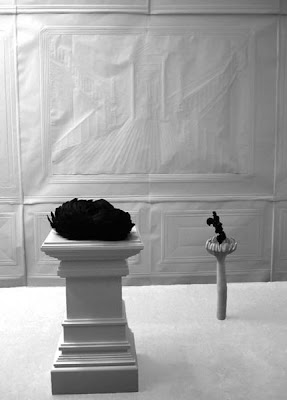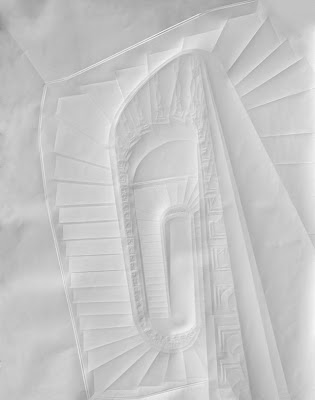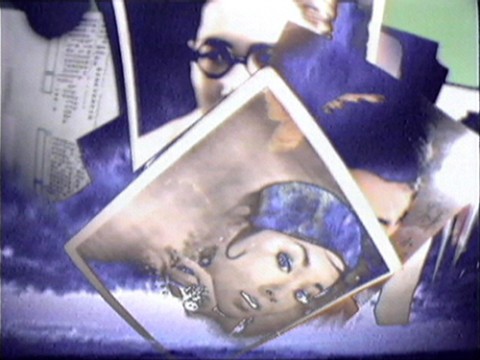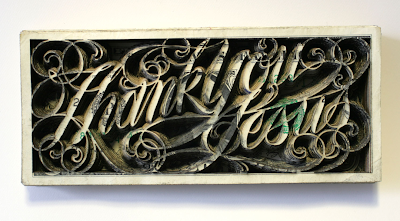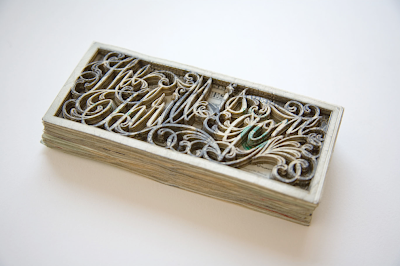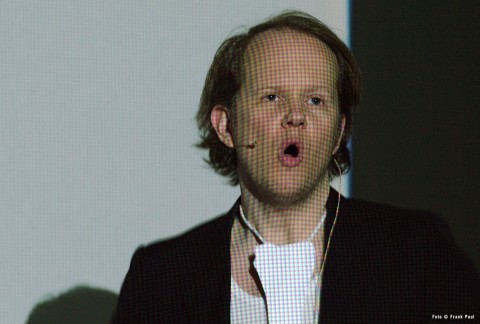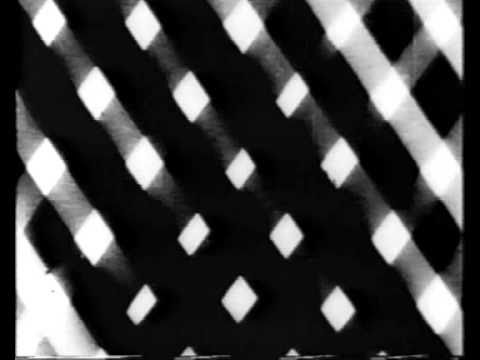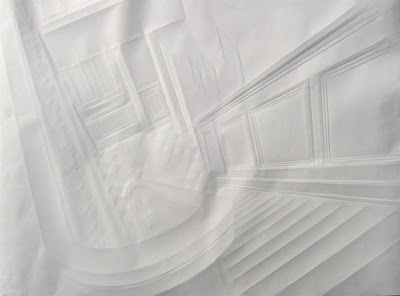
art
I’m a victim of this song
i’m a bit over it, but i loved it when i first heard it. if you have never heard this cover,be patient at least until you get to 3:15: …that’s when things get interesting. performed by swiss born nutcase/celebrated artist pipilotti rist with many thanx to our pp for his enlightenment. by dd
money for nothing
scott campbell is generally best known for the tattoos he is drawing on celebrities and nyc hipsters (we think about marc jacob’s sponge bob or dash snow’s “eat shit & die”). but here, beside the precision and the meticulosity of those -i guess- razor blades cutt-outs, it’s the support that is interesting. maybe it’s a way to tell us that his customers represent a stack of bills to him 😉 like it! by pp’
Egill Sæbjörnsson
i was introduced to egill sæbjörnsson on a trip to reykjavik iceland where I got a cd performance of this artist (who also sometimes sings), from bad taste records (Smekkleysa) the owner Einar Örn Benediktsson (of the sugarcubes) the album was titled “tonk of the town.” great set of tracks if you can find a copy. egill plays all instruments and sings on the album, the low-tech production work is key, and the content is rather whimsical and easy. it is a breath of fresh air in the world of the ‘too cool for school’ art industry. the lyrics are literally grabbed from the air, words he heard at a bar, lyrics to a song he thought was thin lizzy but later found out otherwise… this piece posted here, is more of a performance piece than a song, so don’t mix the two mediums. i simply cant find anything on him, but felt he deserved a spot on tomorrow started, so don’t just take my word for it, look it up for yourself: egill sæbjörnsson “tonk of the town”. by dd
Stephen shore

We like Dean Kaufman

in search of light – panos tsagaris

richard prince copyright-infringement!
(text via art newspaper) Lawyers for Richard Prince and his dealer Larry Gagosian have responded to a copyright-infringement lawsuit filed by French photographer Patrick Cariou, vigorously arguing that Prince’s appropriation of Cariou’s photographs of Rastafarians for a recent series of paintings is protected under the US doctrine of “fair use”. The suit, filed in New York after Gagosian displayed the paintings in a show titled “Canal Zone” (8 November-20 December 2008), alleges that the defendants made unauthorised use of images from Cariou’s 2000 book Yes Rasta, an ethnographic survey of Rastafarian culture that the photographer assembled during a decade of research in the mountains of Jamaica. The Rizzoli publishing house, which co-produced the “Canal Zone” catalogue and was also named in the suit, filed a response denying that it distributes the book and claiming indemnity.
 reworked image from the richard prince show
reworked image from the richard prince show
In his response, Prince, a renowned appropriation artist who frequently uses others’ imagery in his work, argued that the photographs in Yes Rasta are not “‘strikingly original’ or ‘distinctive’ in nature”, and that his “transformative” uses of the photographs were “done in good faith and reflect established artistic practices”. Prince’s answer furthermore stated that his appropriation, which he claims is sanctioned under fair use, “poses no harm to the value of such photographs and any market value relating to the photographs has… been enhanced rather than decreased”. Lawyers for Prince and Rizzoli declined to comment, and Gagosian’s representation did not return phone calls. Prince was sued in the 1980s for copyright infringement related to another photographer’s work; the lawsuit, lodged by Garry Gross, was reportedly settled out of court.
In a telephone conversation, Cariou, who is based in Paris, bridled at the claim that Prince only used a small portion of his Yes Rasta photographs. “In my lawyer’s opinion and others’ opinion, this case goes way beyond fair use,” he said. “They used 30 pictures of mine. If you’ve seen the ‘Canal Zone’ book, it starts with Rasta, it ends with Rasta—it is the centrality of it, there is no question.” According to Cariou, the suit has now advanced to the discovery phase, during which his lawyer will try to ascertain how much money the defendants earned from the paintings, among other matters. Gagosian’s filing states that eight paintings from the series were sold, and Cariou says they were priced between $1.5m and $3m each. To Cariou, the defendants’ response has been “extremely arrogant”, particularly the claim that his work is not distinctive or original.
“I laughed,” he said. “I could be a really bad photographer, but in that case why did you use 30 of my pictures?” Cariou says that he has already received a “settlement proposal” that he would consider for a “just” amount. “But it’s a big number we’re talking about,” he says.
what do you guys think? as far as myself, i’m already set. by pp’
EROTOS 1
film by dadaist hans richter. by kl
William Eggleston



the exhibit at the whitney museum in NY was amazing, especially the films. he was never known for his ‘pretty pictures’ but there were many, here are a few of my favorite ‘pretty’ ones by bill (as you may know we were really really close!!). by dd
How to Explain Pictures to a Dead Hare
THE NEW MUSEUM IS JUST A COOL FACADE… LITERALLY

 a visual collective outlet of inspiration
a visual collective outlet of inspiration